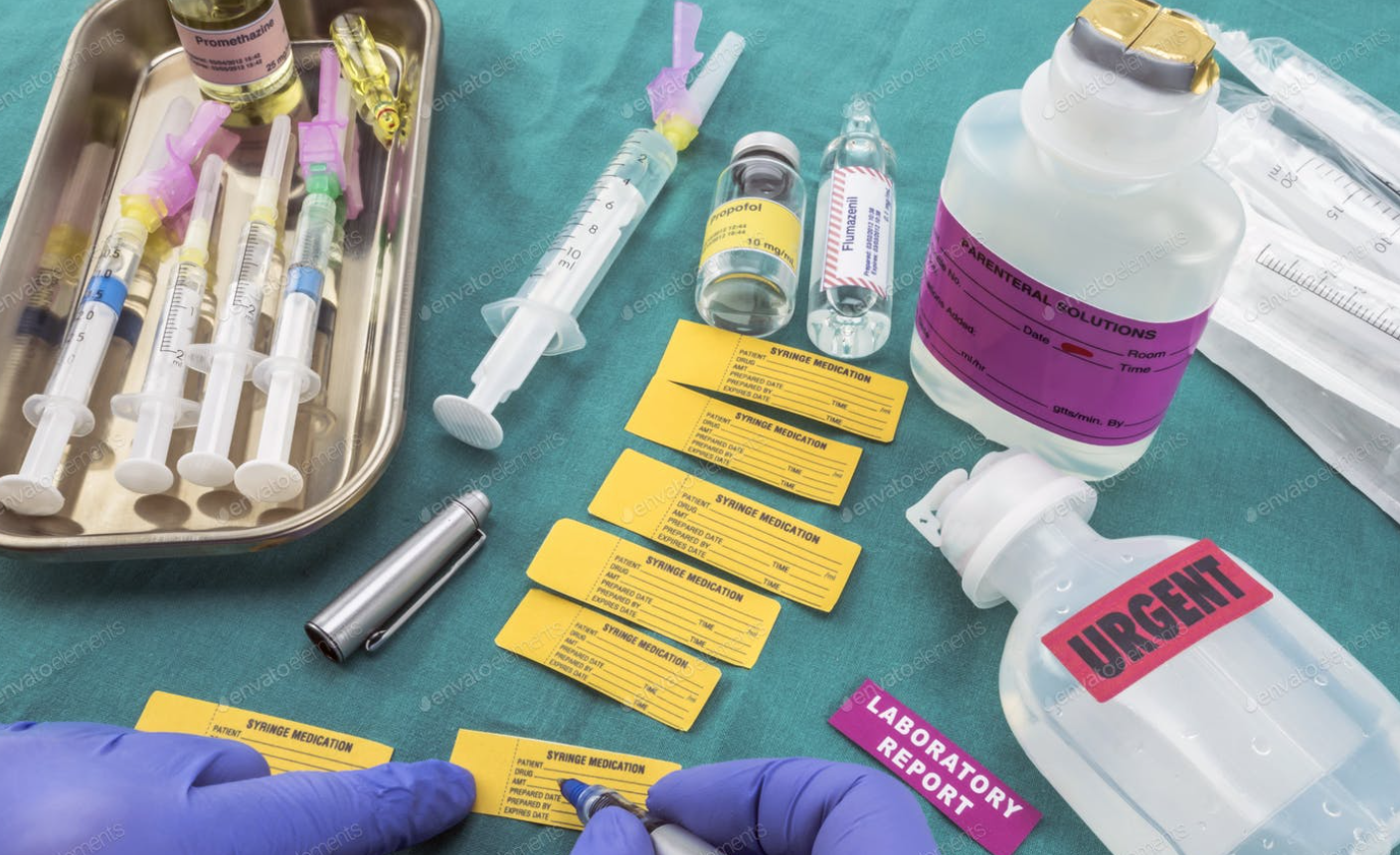Have you or a family member ever been hospitalized? Did you wonder why your medications looked different? Medications are managed a bit differently in the hospital compared to the community. Here are some reasons why your medications might look different than at home:
- Hospital formulary – it is impossible for the hospital to carry EVERY medication available. A committee of pharmacists, doctors and nurses meet 6-10 times a year to talk about which medications the hospital will stock (this is based on evidence for the diseases and conditions most commonly treated at that hospital). Two examples of how home medication orders may be changed are as follows:
- automatic substitution policy – You might take lansoprazole at home but the hospital might stock pantoprazole. These medications are in the same “family” and do the same job. Your lansoprazole will be “automatically substituted” to pantoprazole during your stay in the hospital.
- the brand or the strength of your medication may be different. At home you might be taking 2 furosemide 40mg to make up 80mg, but in the hospital you might be given an 80mg tablet. They are a different colour and shape.
- Intentional change – depending on the reason you are in the hospital, your medications may be changed, especially if you had a reaction to one of them. New hospital medication might interact with a “home” medication which would mean that a medication would have to be changed to avoid a drug interaction. A new disease diagnosis (example: kidney failure) might lead to different-looking medications. Sometimes a “home” medication may be stopped.
- Communication error – When you are admitted to the hospital, a hospital health care professional (usually a pharmacist, pharmacy technician, nurse or doctor) will write out a mediation list. They will do this by looking over the medication records AND talking to you and/or your caregiver. They do this to make sure that the records are up-to-date and correct. This is called Best Possible Medication History taking. Unfortunately, this process could have gaps. Sometimes when you first come in, your medication list may be incomplete, or different than the records, causing your medications to be different.
- The other factor is human error. It is a well-known fact that humans make mistakes. Distraction, not being familiar with a medication, tiredness, workflow issues and miscommunication can be causes of errors. Wrong drug, wrong dose, wrong time of day, wrong frequency, wrong route, wrong patient – these are some of the ways mistakes can be made.
So, as a patient or caregiver, the best medicine is to SPEAK UP.
Ask the nurse:
- what is the name of the medication?
- what is it used for?
- may I speak to the pharmacist about my medications? I want to make sure all of the changes make sense.
Be proactive. Be involved. Ask questions about your health. You might prevent a mistake from happening.

